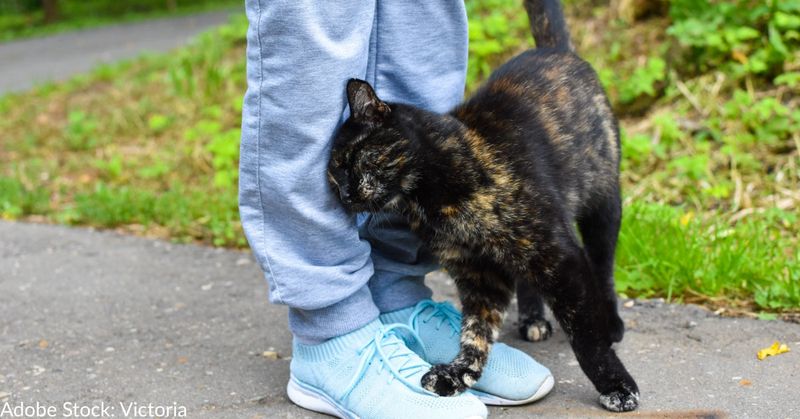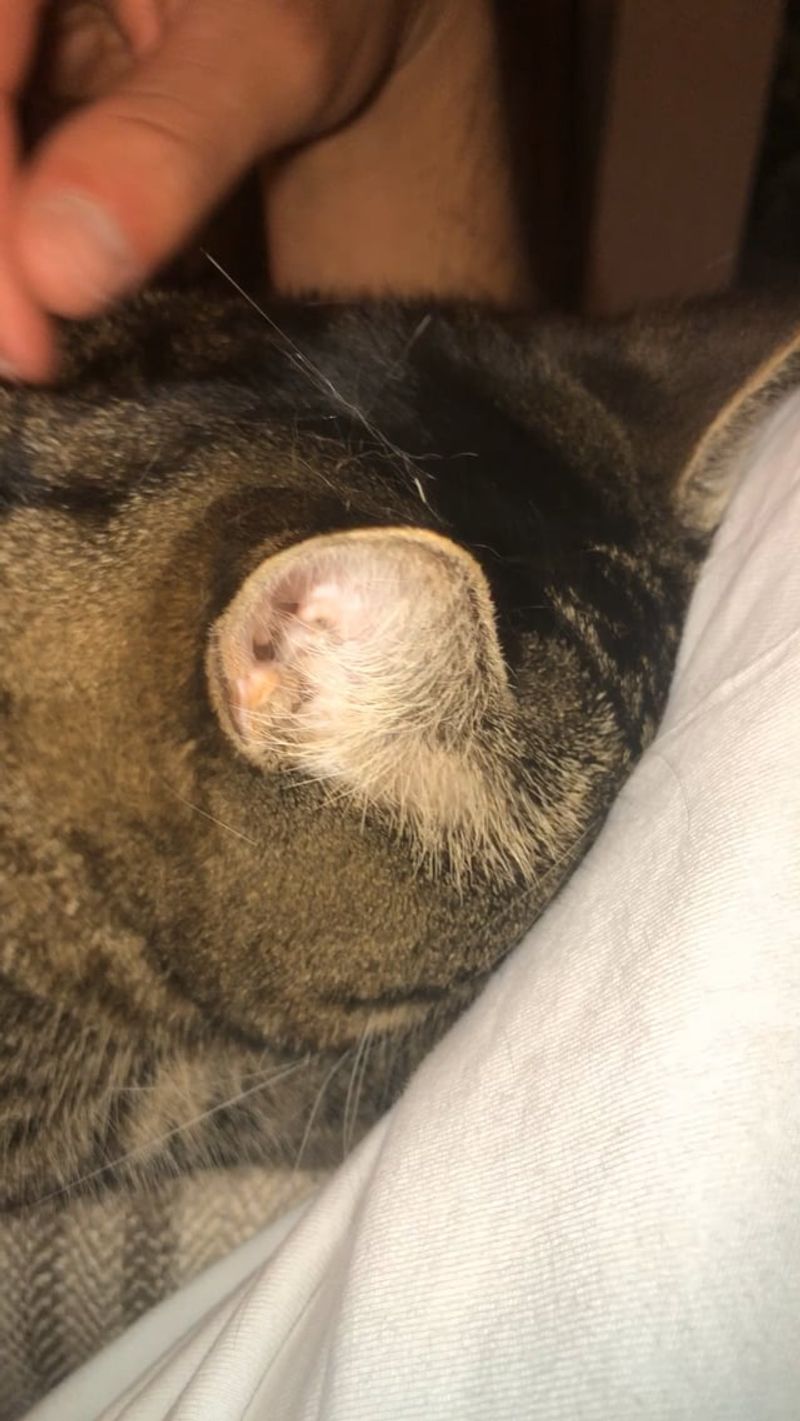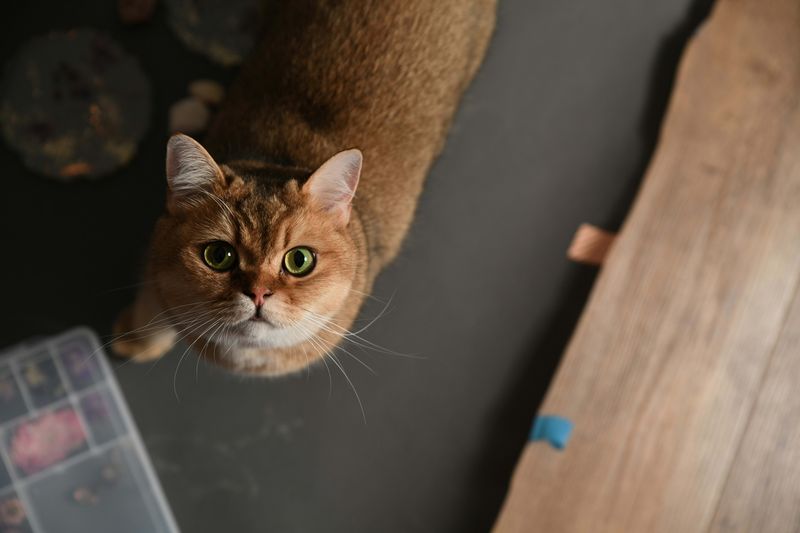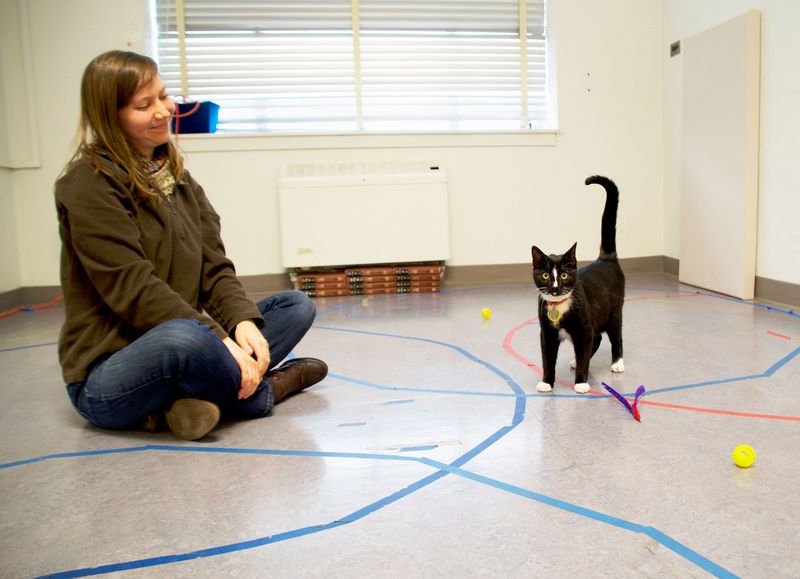📖 Table of Content:
You may think you’re the one running the household, but your cat knows better. Behind those aloof stares and lazy sprawls is a tiny dictator with a plan—and that plan often includes subtly (or not so subtly) guiding your every move. If you’ve ever wondered why your cat seems so invested in where you go and when, it might not be random affection—it might be herding.
Yes, just like sheepdogs with flocks or mother cats with kittens, your feline friend might be trying to steer you. Whether it’s guiding you to the food cabinet, keeping you on schedule, or preventing you from leaving the house without their express permission, your cat could be displaying instinctual behaviors rooted in feline family dynamics. Kittens rely heavily on their mothers for direction and protection, and adult cats often apply those same techniques to their beloved (and often clueless) humans.
So how can you tell if your cat thinks you’re a wayward kitten who needs constant supervision? These seven signs may reveal that your cat is trying to herd you—fluffy tail, persistent meows, and all.
1. Leading You from Room to Room
Whenever your cat walks ahead of you, tail high and glancing back to check your progress, they’re not just taking a stroll—they’re issuing a command. This “follow me” behavior isn’t random; it’s often directed and purposeful, like heading to the food bowl, a favorite chair, or the mysterious spot on the windowsill. They may even pause mid-step to ensure you’re still tagging along. While it can seem cute, this is classic herding behavior that mirrors how mother cats lead kittens to safety or food. Your cat likely sees you as part of their pride and just a little slow to catch on. And yes, they might roll their eyes internally each time you hesitate. It’s their home, after all—you’re just living in it.
2. Blocking Your Path Until You Obey
Planting themselves squarely in front of you like a living roadblock, your cat knows how to stop you in your tracks. This isn’t accidental—especially when they sit directly between you and a door, the fridge, or your desk chair. It’s a clever way to redirect your movement, forcing you to acknowledge their presence and, usually, their needs. Think of it as a silent standoff where they always win. Cats often use this tactic to demand food, attention, or a change in scenery—on their terms. While dogs herd with nips and barks, cats use passive resistance and strategic placement. You might think you’re in charge, but your cat has been steering you from day one.
3. Meowing and Circling You Like a Choreographer
Instead of subtle cues, sometimes your cat cranks up the drama with a full-on meow-and-circle routine. This feline choreography might seem chaotic, but it’s actually a rehearsed performance to move you from Point A to Point “Get me treats.” Each circle tightens the invisible leash they’ve placed around you, nudging you toward the kitchen or sofa or wherever they’ve decided you should be. The meows? They’re verbal exclamation points. It’s a tactic rooted in kittenhood—mother cats call out and move around their kittens to keep them together. So when your adult cat does it, they’re not just being dramatic—they’re re-parenting you, one theatrical lap at a time.
4. Nudging You in a Specific Direction
Gentle bumps on your calves or headbutts against your shin aren’t just signs of affection—they’re directional nudges. Your cat might be trying to herd you toward the couch, the food dish, or even away from something they dislike (like the vacuum). The touch is soft but purposeful, designed to redirect your steps without confrontation. In the wild, these subtle nudges help maintain group cohesion and safety. So, when your cat leans into you just as you’re about to step the wrong way, consider it a polite correction. They’re not being clingy—they’re being helpful. Sort of like a GPS with fur and an attitude.
5. Staring at You Until You Comply
Without uttering a sound, your cat’s stare can say everything: Move. Sit. Feed me. Why are you like this? This is the feline version of mental telepathy, and somehow, it works. A prolonged, intense gaze isn’t just curiosity—it’s control, the quiet kind that leaves you wondering why you feel guilty about sitting in the “wrong” chair. It mirrors the way mother cats communicate boundaries and commands with body language. You might laugh it off, but you’ll probably still do exactly what the stare demands. That’s not a coincidence—it’s strategy. And in their eyes, you’re the kitten that just can’t take a hint.
6. Following You… but Only Until You Sit Still
Trailing you from room to room like a furry shadow, your cat always seems to have one eye on your location. But the moment you stop moving—plop—they vanish. This isn’t random. It’s a form of silent supervision to make sure you’ve arrived safely at a “resting zone,” like the couch or bed. Once you’re settled, their mission is complete. This behavior mimics how mother cats monitor their kittens’ wanderings, keeping tabs without hovering too close. You might think of it as cute clinginess, but it’s more tactical than that. Your cat isn’t just following—they’re managing your chaos, one room at a time.
7. Using Strategic Mealtime Manipulation
With pinpoint accuracy, your cat knows exactly when to initiate their “Feed Me Now” campaign—and how to make it impossible to ignore. They pace. They meow. They sit in front of the cupboard like a little sphinx guarding treasure. But this isn’t just hunger—it’s orchestration. Cats quickly learn what routines yield food, and they stick to them like pros. The sense of urgency they create often kicks you into motion, even if dinner isn’t technically “late.” In kittenhood, mealtime was a group event orchestrated by the mother cat. Now, your cat has taken up that role—you’re just a very tall, two-legged kitten who needs a little help remembering the schedule.







